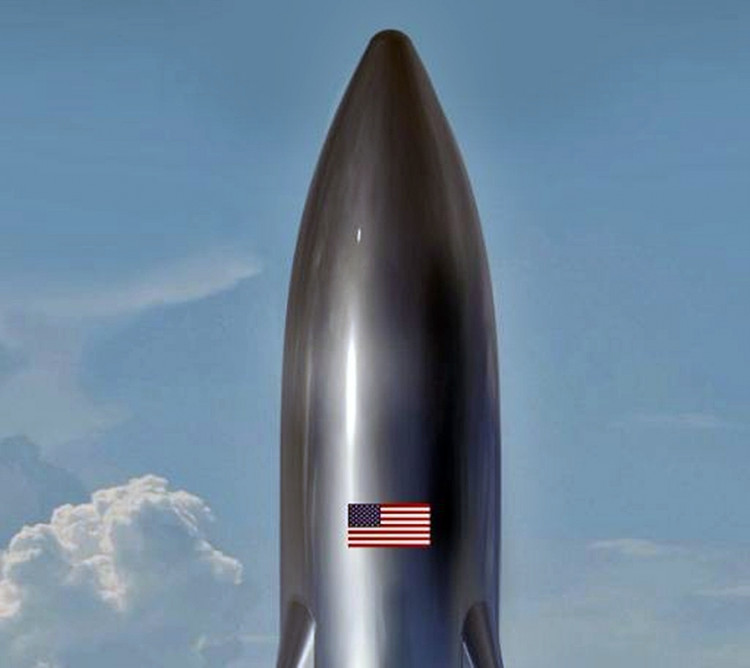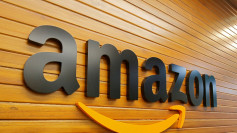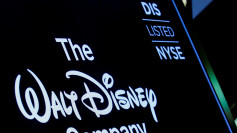SpaceX said it will develop and build its biggest spacecraft to date -- Starship/Super Heavy - at its facility in South Texas instead of at the Port of Los Angeles as announced in April 2018.
Starship/Super Heavy was previously known as the BFR (for Big Falcon Rocket).
Development and manufacturing of the company's Falcon 9/Heavy, Merlin and Raptor will continue at the company's Hawthorne, California headquarters. The announcement of the move to South Texas, however, did not eliminate the possibility SpaceX still plans to develop an oceanside factory in the near future for Starship/Super Heavy.
What is clear is that SpaceX will assemble and test its Starship prototype in Texas instead of California.
To streamline operations, SpaceX is developing and will test the Starship test vehicle at its site in south Texas, said a SpaceX statement. The company said this decision does not impact its current manufacture, design, and launch operations in Hawthorne and Vandenberg Air Force Base in California. SpaceX will, however, continue recovery operations of its reusable Falcon rockets and Dragon spacecraft at the Port of Los Angeles.
SpaceX is making a lot of noise about the development of the Starship "hopper," a prototype of Starship/Super Heavy. The first short test flights for the hopper are to begin this year.
Hopper will also be built in Texas (where SpaceX has a launch site) because the massive size of these launch vehicles makes them very difficult to transport by sea or land.
In 2018, SpaceX COO and President Gwynne Shotwell revealed that the estimated cost of moving a BFR-sized rocket from the company's main Hawthorne factory to the Port of Los Angeles would average $5 million for a one-way trip.
She said this amount is almost 10% of the list price of an entirely new Falcon 9 rocket ($62 million). A BFR is nine meters tall.
As a result, SpaceX decided to build a permanent factory at a Port of Los Angeles dock known as Berth 240. Locating at the Port of Los Angeles would have allowed SpaceX to build a manufacturing facility on a 19-acre plot on Terminal Island.
The initial plan was for the huge BFRs to be then transported via barge and the Panama Canal to Cape Canaveral in Florida.





